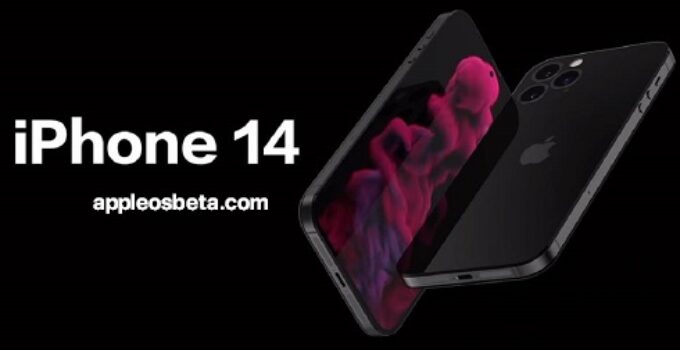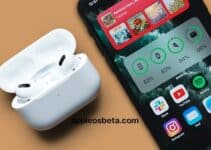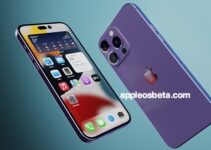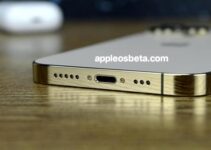iPhone 14, all you need to know in one article. Today Apple launched iPhone 14. The debut of the new model that represents the entry offer of the year 2022 took place during the “Far Out” event at the center of which there were also Airpods Pro 2 and the new Apple Watch in addition to iPhone 14 Pro.
iPhone 14: Apple expects further success despite declining smartphone sales
The distinction is important because this year as it had happened when Apple launched iPhone X alongside iPhone 8, there is a difference in functions between iPhone 14 and iPhone 14 Pro, certainly greater than that which distinguished iPhone 13 from iPhone 13 Pro. although perhaps not as dramatic as has been thought in recent days.
In this article, we focus on the iPhone 14 and its sibling with a larger screen, iPhone 14 Plus, a new model that debuts this year. We talk about the iPhone 14 Pro instead in a different article where we face the task of designing the profile of the “top” model.
The iPhones 14
Apple has now accustomed us, like most of its competitors, to the release of a range of smartphones. The days when Apple only released one new model a year are long gone. More recent, but still distant, the times in which the models released were two, a standard and a more advanced one (whatever the names of these two models were). Apple releases four iPhone 14 models this year.
- iPhone 14
- iPhone 14 Plus
- iPhone 14 Pro
- iPhone 14 Pro Max
As we mentioned above, the iPhone 14 and iPhone 14 Plus are in the entry bracket of this year. These are phones with good-sized screens, capable of taking excellent photographs and agility to manage the new iOS 16 operating system and all the new functions it will bring with it.
Mini goodbye, welcome iPhone 14 Plus
As you can see from our list we say goodbye to the mini model. The small iPhone that debuted with the iPhone 12 launch had been in a precarious situation from the start; so much so that it was thought that there would not be a new version. Then in the end Apple, perhaps to optimize the investment, decided to present an iPhone 13 mini, postponing its cancellation to the year 2022.
Instead, an iPhone 14 Plus with a 6.7 ″ screen was born. We are not faced with a real novelty; in the past when Apple for some time released an iPhone alongside and an iPhone Plus that had few differences from the basic version and it is the same this year: iPhone 14 Plus differs from iPhone 14 only for its larger size.
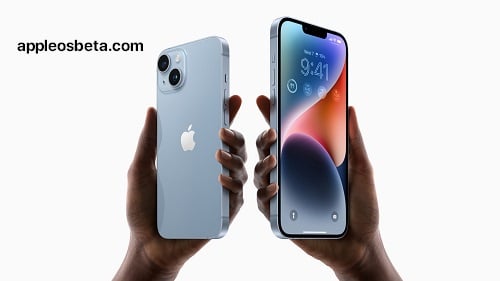
The rumor of the existence of an iPhone 14 Plus has been circulating since the end of 2021 and was recently confirmed by a photo of a case. In reality, even if the image was not very convincing, in the end the substance was right.
IPhone 14 design and technologies
Apple does not usually radically change the design of its devices. Historically he has done it only three times: with iPhone 4, with iPhone 6 and with iPhone 12. With iPhone X and the arrival of Face ID there were fundamental innovations due to the full screen front but the general profile of the models to be iPhone 6 to iPhone 11 remained the same
What Apple has consistently done from one model to another are small changes, which, although not able to completely change the aesthetics, have modernized the details and allowed to introduce technical innovations.
For example iPhone 13 which is not easily distinguished from iPhone 12; the only difference is in the larger camera block. iPhone 14 apparently follows this path
Although there are no expected news or round buttons instead of oblong but the new iPhone 14 measures 7.8mm, iPhone 13 7.65mm. In addition, at first glance, according to the first photos, the platform for the lenses that from some photos appears slightly thicker.
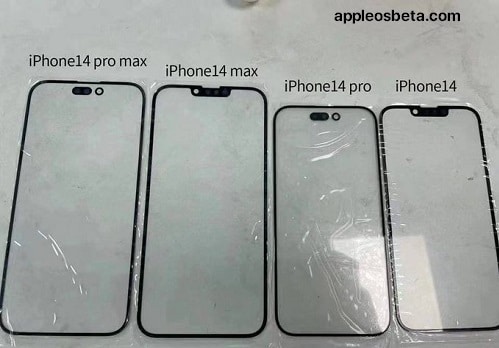
We do not know if this is enough to make all the cases incompatible but even if the difference is negligible and it should not be a problem to swap the houses between the two models, if you go to the Apple site you notice how the cases for the iPhone 13 are not given. as compatible with iPhone 14 and those for iPhone 14 are not compatible with iPhone 13.
Colors
An iPhone 14 launch isn’t a real launch if there are no new colors. This year purple returns for both iPhone 14 and iPhone 14 Pro. If you are thinking you have already heard of this color, you are not wrong; iPhone 12 had already been launched in purple but this year’s hue should be different. more estates Apple has abandoned the Pink, again without too many surprises but has kept the blue which is actually an aviation blue. The shades of black (midnight), white (galaxy) and red also change.
The notch is alive and fighting with us
Over the past few months, there has long been talk of an important difference: the elimination of the notch that houses the hardware necessary for the Face ID. The notch has been a controversial design choice since it was introduced in 2017, it has gradually become less and less acceptable because, in parallel, the world of Android smartphones has opted for a camera inserted inside a small hole in the display.
In reality, as time has passed it has seemed increasingly probable that this, which would not be the cancellation of the notch but its further reduction in size, would have only concerned the iPhone 14 Pro.
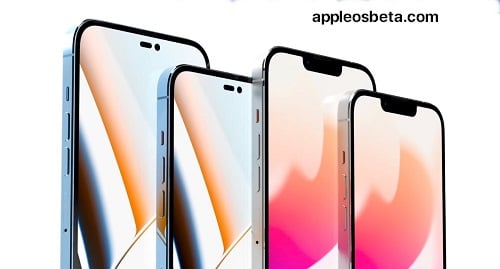
It should be noted that the traditional notch versus the “dot and oval” of the iPhone 14 Pro will also lead to some fundamental differences in the interface between the two models. iPhone 14 Pro, in fact, as the specialist journalist Mark Gurman had also said, integrates the notch into the interface, offering a series of information within it; it is the so-called Dynamic Island which we speak more extensively elsewhere.
Photography and cameras
The hope of novelty in the photographic field is always at the top of the thinking of the customers when a new iPhone arrives. For many years now, Apple has been working on camera functions with great meticulousness and consistency. However, we also know that the best and most advanced are reserved for the Pro models. The fear was that this year there were even no news in this sector for the iPhone 14 and instead fortunately this was not the case.
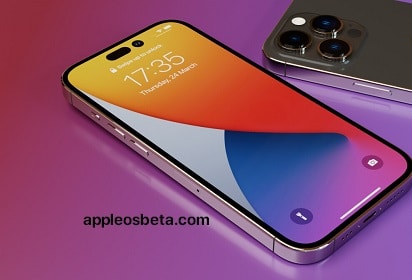
If the iPhone 14 Pro is indeed a huge step forward in the imaging industry with its 48 megapixel camera, expected for months, the iPhone 14 still takes a step forward perhaps not as big as its “big brother”, but significant.
The new main camera of the iPhone 14 has a larger sensor and a larger aperture capable of capturing 49% more light; even the ultra-wide camera shoots better in the dark, offering 2 times better photos, says Apple. The processor integrates a new technology called Photonic Engine capable of bringing together the best pixels of various exposures in a single photo, acting before image compression, to preserve a greater amount of data, improving colors and giving brighter, more natural and detailed.
Apple also puts a novelty in video stabilization in the iPhone 14. This is Action Mode, a system that should greatly reduce unwanted vibrations and movements that are reflected on the video while walking.
Front camera
The front camera of the iPhone 14, as expected, has some new features: the lens aperture increases from the current f / 2.2 to reach f / 1.9, the fixed focal length is also abandoned to adopt an automatic focus AF system. All this makes possible a better depth of field effect both in Portrait mode for both photos and videos and improves the quality of video calls, both through Apple FaceTime and with other major platforms for video calling and video conferencing.
The iPhone 14 screen
Rumors have been circulating for months about a ProMotion display with refresh rates of up to 120 Hz for all 2022 edition iPhone models. But this was known from the outset that it would be a novelty reserved for iPhone 14 Pro models
Among other things, there is a deep customization that on the iPhone 14 Pro also allows you to have the screen always on.
iPhone 14 instead, uses a classic OLED standard LTPS display without ProMotion technology at 120 Hz, the same (as can also be seen from the specifications) of the iPhone 13. According to analyst Ross Young, Apple would have made this choice due to lack of availability of displays and of the necessary components, but that certainly behind there is also the desire to distinguish the two models.
Inside the iPhone 14
From a hardware perspective, it has been easy to make predictions over the past few years. In fact, since the launch of the first iPhone, Apple has updated the main processor with every single new phone. This is also the case this year … more or less
The A15X CPU
The A16 Bionic, the successor to the A15 Bionic found on all iPhone 13s (despite a report reporting possible problems found by Apple and TSMC in completing the 3-nanometer construction process), is only found on the iPhone 14 Pro; the standard iPhones 14 continue to use the A15 Bionic of the iPhone 13. It is not, however, exactly the same chip as the iPhone 13 as Ming-Chi Kuo had hinted in a tweet, but a modified version that adds a new graphics core .
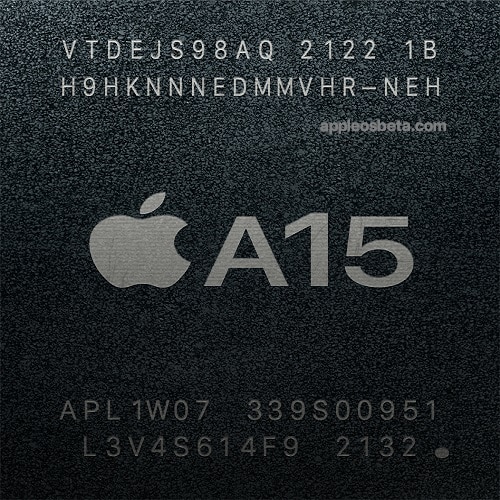
The reason for such a choice could have to do with the price increases of the components, construction processes and materials that we talk about below. Leaving the old processor albeit slightly enhanced in the iPhone 14 and giving it only to the iPhone 14 Pro certainly has market reasons; thanks to this choice, Apple can better justify the increase in Pro models.
It should also be noted that the A15 of the iPhone 14 integrates a new image processor that serves to give the iPhone 14 all the services necessary to support the new camera.
IPhone 14 internal memory
With the iPhone 13 Pro models, Apple has added a new 1TB storage layer, while now rumors suggested that with the iPhone 14 Pro update, Apple would add a 2TB variant.
The rumor was of uncertain reliability (and in fact it did not materialize) and in fact iPhone 14 does not change its way to memory: it seems to be 128 GB, with higher cuts from 256 and 512 GB
Charging at 30W
For some months there was talk of 30W charging for iPhone 14. No confirmation has arrived at the launch of the new models. At the time we are updating this article, however, it is not clear if Apple simply does not mention the increase in charging power or if it is not present on either the iPhone 14 Pro or the iPhone 14.
Communication via Satellite
iPhone 14 Pro is the first phone to have the ability to connect to a satellite network. This is an emergency feature that has been talked about since last year and which was thought to debut with the iPhone 13.
The technology known by the initials LEO, from the English initials of Low Earth Orbit, satellites in low earth orbit, in the absence of traditional cellular signal and field, allows you to send messages to emergency contacts without going through telephone operators.
Even the design and the slogan of the invitation to the event on 7 September clearly recalled something that had to do with space
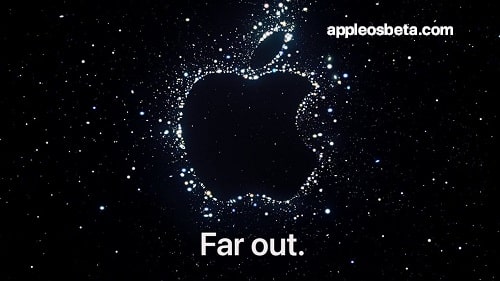
In fact it was like this and now iPhone 14 as iPhone 14 Pro is able to give a voice to those in remote areas without cellular connectivity. The system is complex and includes a proprietary pointing technology, a radio triangulation system and a particular platform that collects the information necessary to send the emergency message by reducing bandwidth occupation.
At the moment, in any case, the emergency messages are only available in the United States and Canada, countries where cellular coverage is much lower than in Europe and therefore the problems of connectivity much greater.
Incident detection
iPhone 14 can automatically detect when you are the victim of an accident. This is an important function, borrowed from that of the Apple Watch, because, as Apple explains, a large number of road accidents occur in situations where the victims do not have a collision with other cars but go off the road alone or collide. with fixed obstacles.
In order to have an Accident Detection function as accurate as possible, Apple has used public domain data relating to real incidents that, thanks to the intelligence of the smartphone, are compared with what the sensors perceive.
iPhone 14 understands when an accident occurs thanks to a new high-g accelerometer is able to record strong accelerations or decelerations up to 256 g, reads sudden changes of direction thanks to a high dynamic range gyroscope and detects pressure changes in the passenger compartment due to pressure changes caused by the deployment of the airbags.
Finally, the microphone is able to identify the sound levels of a collision.
In cases like these, as happens with the Apple Watch, the phone asks the user for confirmation of the event. If there is no response to the requests, an emergency call is automatically initiated.
